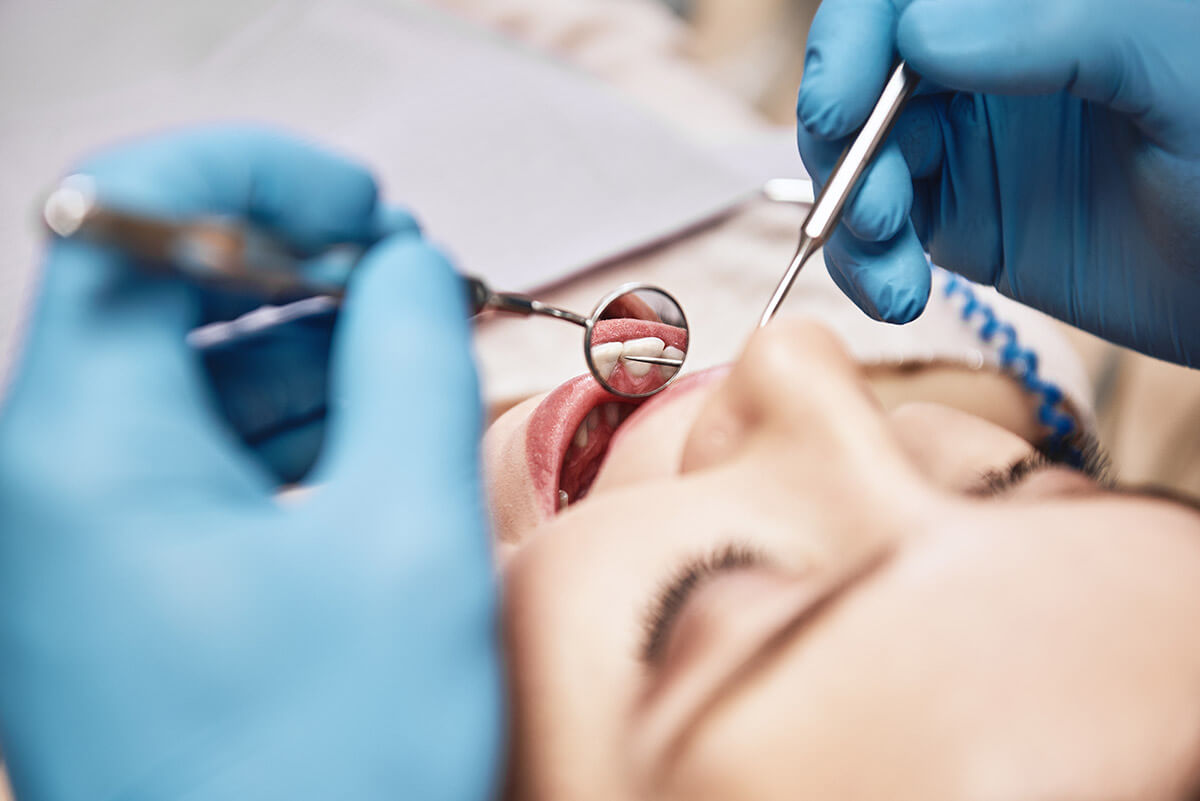Getting a dental procedure does not mean settling for local anesthesia. Some dentists in Virginia offer the option of in-office anesthesia for dental procedures to improve patient comfort and fears. Physician-administered anesthesia in the dental office provides multiple benefits to both dentists and their patients. When patients seek this type of care, they can ensure that they get a better dental experience. Sedation dentistry is the best dentistry!
Benefits of Anesthesia for Dental Procedures
Physician anesthesia administered by a professional offers advantages for dentists who choose it. For instance, the dentist can put their entire focus on conducting the dental procedure rather than monitoring the patient and their anesthesia. Better focus may reduce errors in care.
Additionally, patients have the option of anesthesia beyond a local numbing agent for their dental procedure. For instance, instead of an injection in the gum, the patient can receive anesthesia to sleep through the whole procedure! With anesthesia, the patient does not have to feel nervous because they sleep through everything and awaken after the procedure ends with dental repairs and no memory of the incident.
Not all dentists offer in-office anesthesia because the dentists don’t have the training themselves or have someone on staff to administer the medication. However, with anesthesiologists who provide this service to dental offices, dentists can open their practice to offering sedation dentistry and other forms of in-office anesthesia for dental procedures.
Types of In-Office Anesthesia for Dental Procedures
There are three main types of dental procedure anesthesia anesthesiologists may provide. These include:
- Mild sedation
- Moderate sedation
- Deep sedation, also known as general anesthesia
The levels of anesthesia refer to the patient’s level of awareness during the procedure and recovery time. For example, mild sedation helps to relax patients. The individuals typically remain fully awake and will remember the procedure, but they don’t feel the fear that often accompanies dental procedures. Dentists typically combine this type of sedation with a local agent to ensure the patient does not feel anything at the site.
Secondly, moderate sedation reduces patient awareness more than mild sedation does. Additionally, patients who have this level of anesthesia typically don’t remember the procedure, though they stay awake and responsive while the event occurs.
Lastly, general anesthesia puts the patient into a complete, deep sleep state from which they do not awaken until after the procedure. Patients do not remember the dental procedure after receiving deep sedation.
Sedation Dentistry in the DMV
The expertise of anyone providing anesthesia is essential to a successful outcome. Trained anesthesiologists know how much sedation to give patients to ensure that they have the desired level of consciousness during the procedure. A physician anesthesia provider can dedicate their entire time to providing sedation and monitoring the patient during a dental procedure. Therefore, patients have better dental care from the dentist and better care from the anesthesiologist for their sedation.
To help the anesthesiologist prepare for the procedure, patients need to inform their dentists if they have any of the following conditions that could impact sedation:
- Diabetes
- Cardiovascular disease
- Asthma
- Oher chronic medical conditions
- Prescription medications
When the physician administering the sedation knows about any prior conditions, they can determine the patient’s best type of sedation.
SleepGuardian: Sleep Through Your Next Dental Procedure
In-office anesthesia for a dental procedure improves the comfort of the experience while allowing the dentist to focus on treatment. Connect with us at SleepGuardian by Anesthesia Connections to find a dentist who offers physician anesthesia in Virginia, DC, and Maryland. Call us at (866) 256-1146 or contact us online to find one of the dentists we serve in the area.







